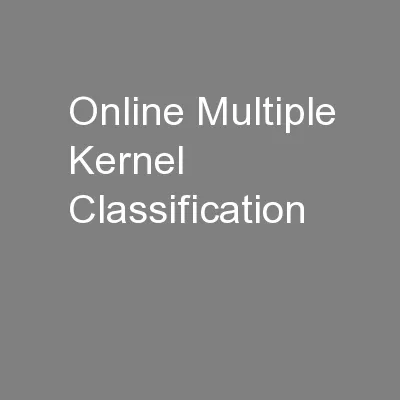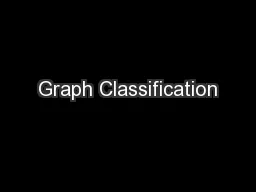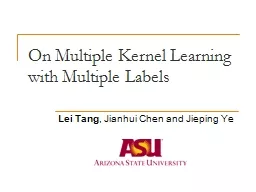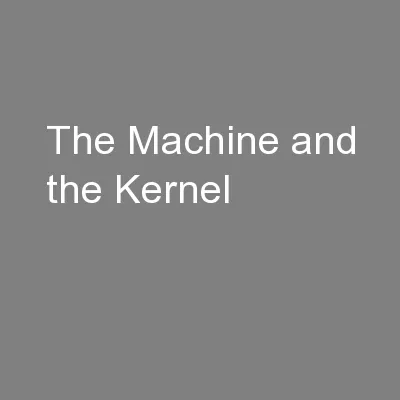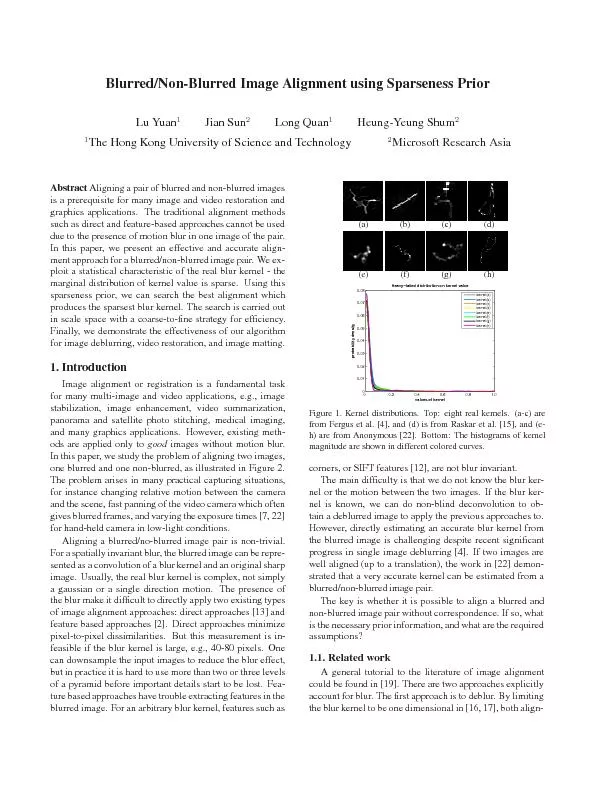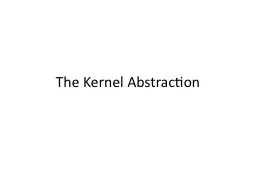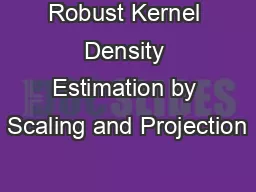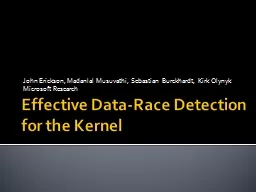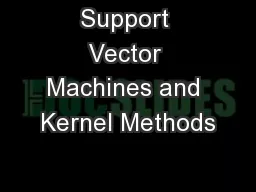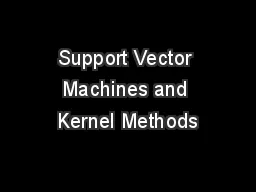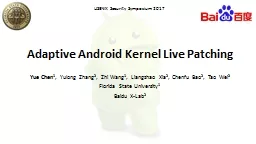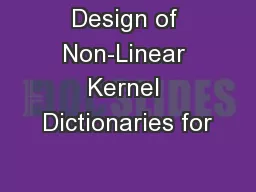PPT-Online Multiple Kernel Classification
Author : luanne-stotts | Published Date : 2016-05-19
Steven CH Hoi Rong Jin Peilin Zhao Tianbao Yang Machine Learning 2013 Presented by Audrey Cheong Electrical amp Computer Engineering MATH 6397 Data Mining Background
Presentation Embed Code
Download Presentation
Download Presentation The PPT/PDF document "Online Multiple Kernel Classification" is the property of its rightful owner. Permission is granted to download and print the materials on this website for personal, non-commercial use only, and to display it on your personal computer provided you do not modify the materials and that you retain all copyright notices contained in the materials. By downloading content from our website, you accept the terms of this agreement.
Online Multiple Kernel Classification: Transcript
Download Rules Of Document
"Online Multiple Kernel Classification"The content belongs to its owner. You may download and print it for personal use, without modification, and keep all copyright notices. By downloading, you agree to these terms.
Related Documents

